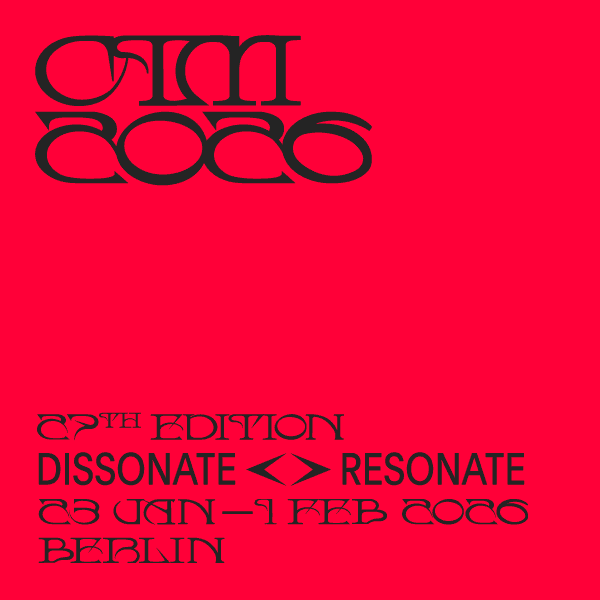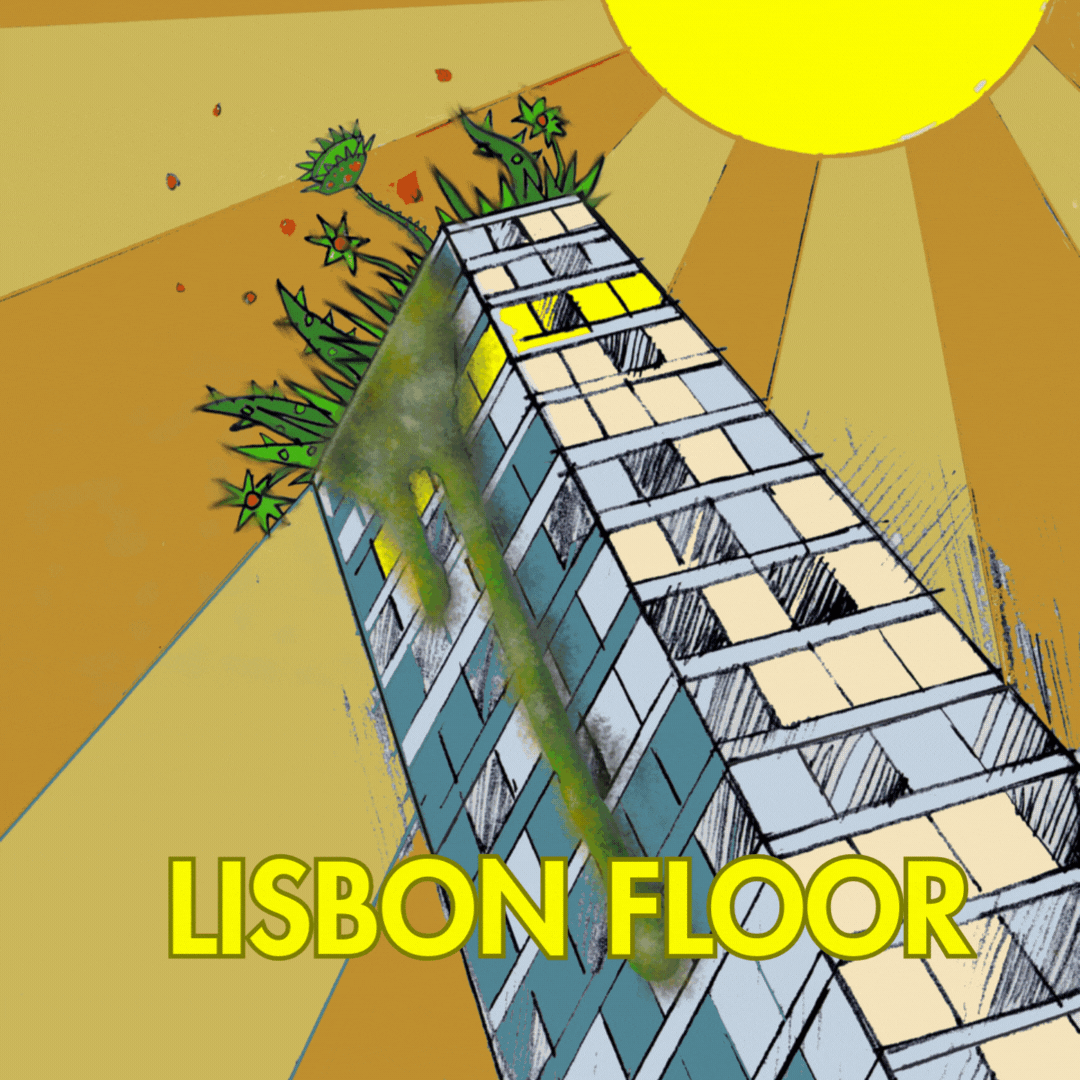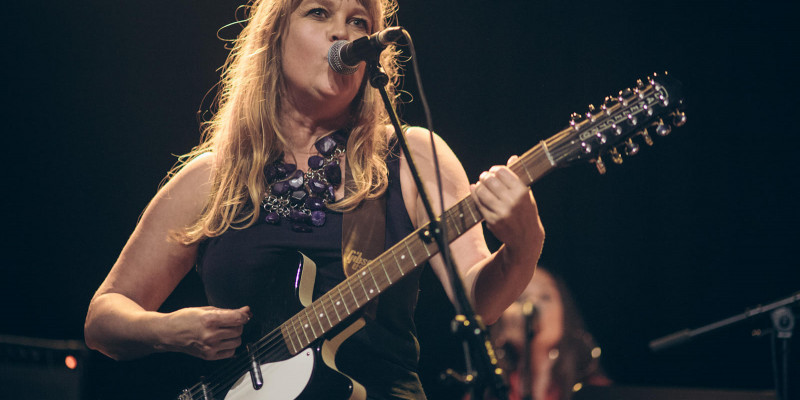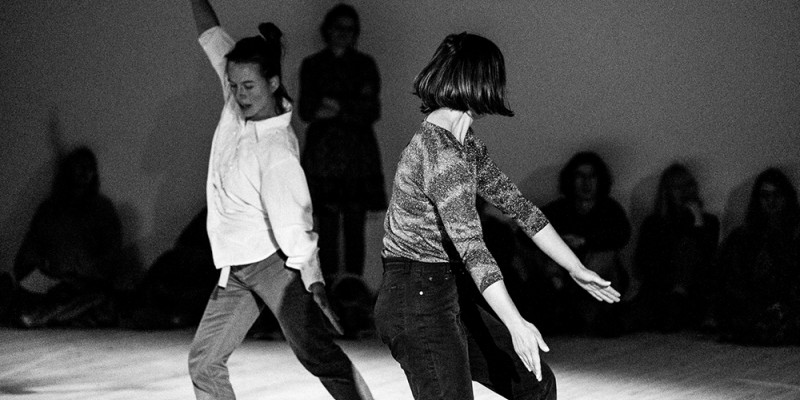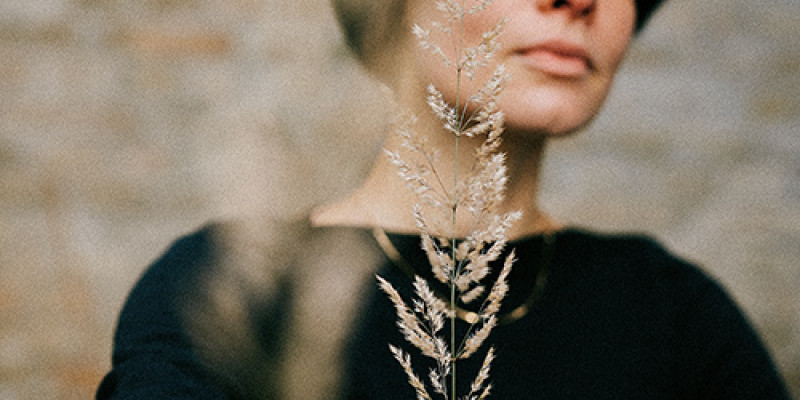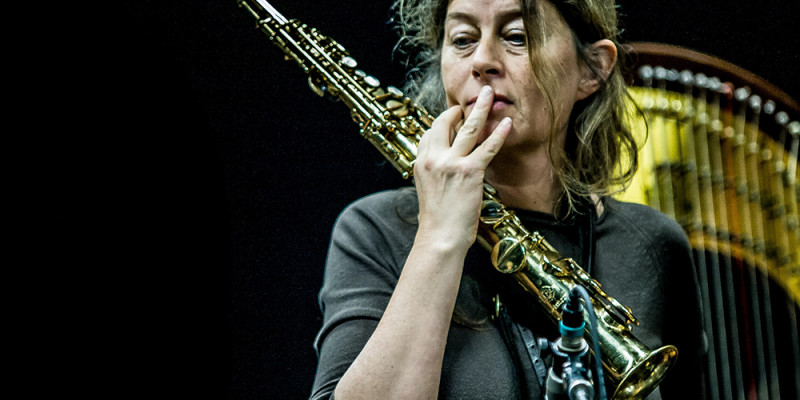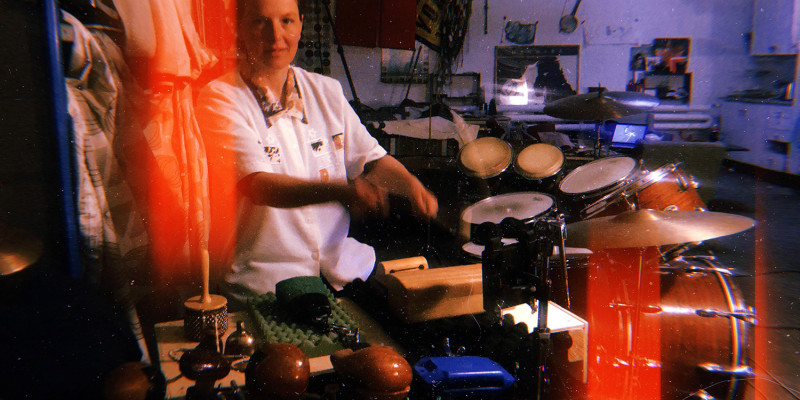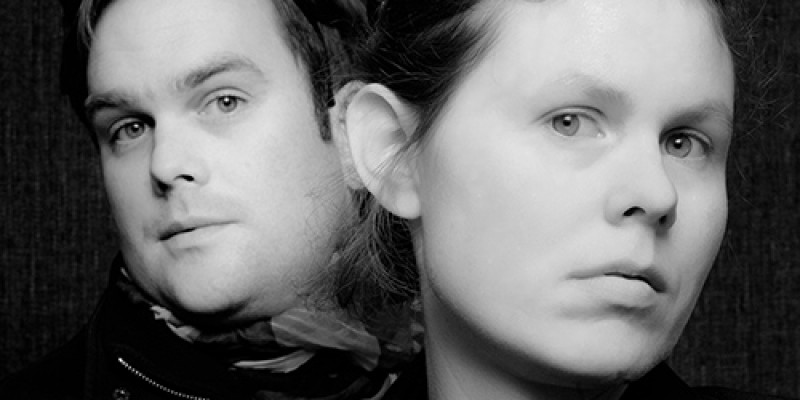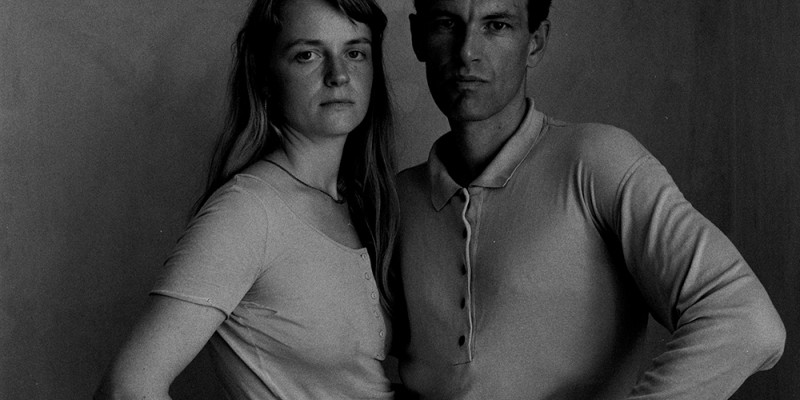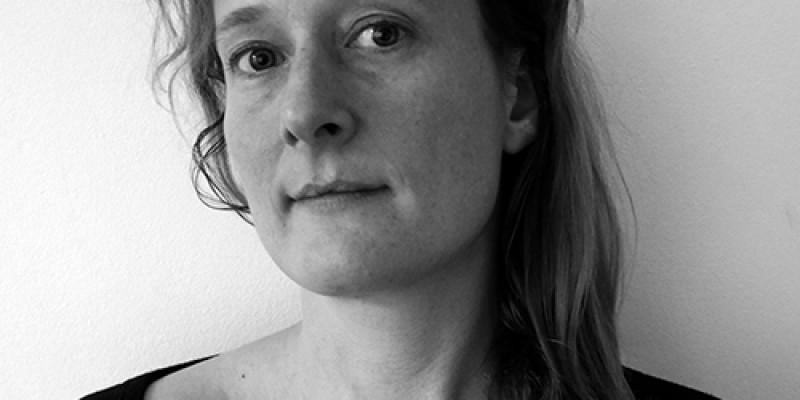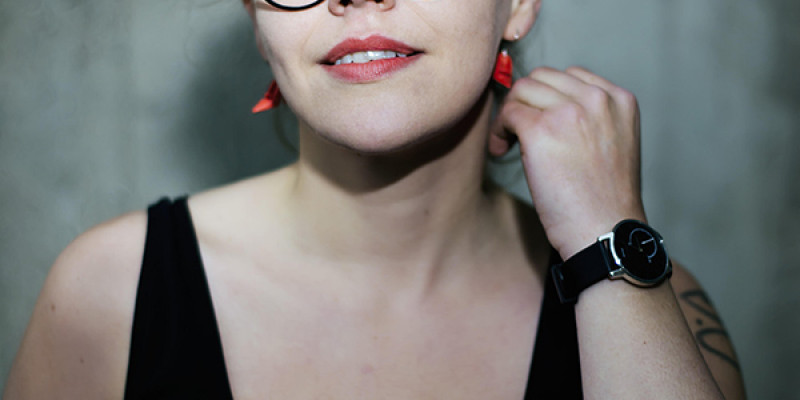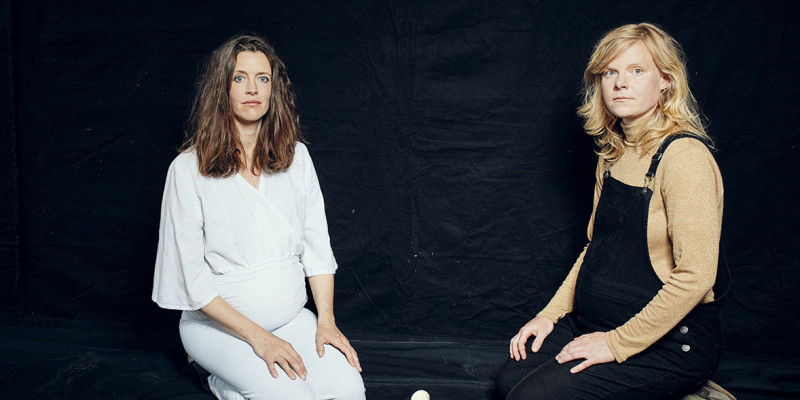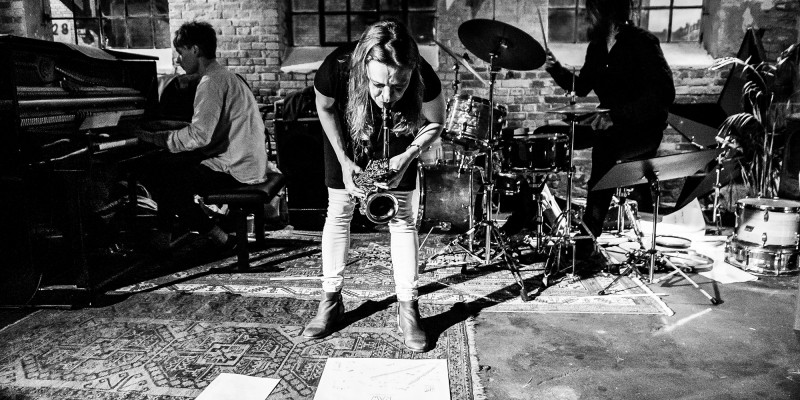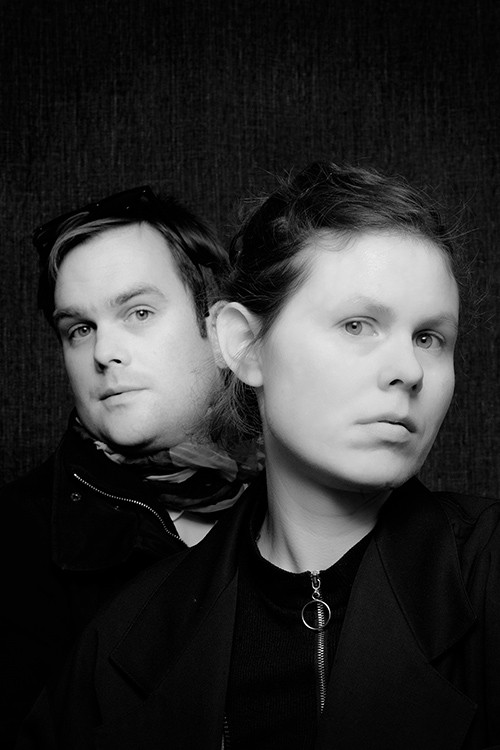
Gender, climate and class
Since 2017, we have been living in an apartment in Copenhagen's Nordvest Quarter. Before that, we had spent several years travelling, as we had been doing different residencies and studies abroad. From this travel experience, it has been necessary for us to work in very different rooms and spaces, collapsing an artist studio into the space of a suitcase. This has impacted our work in various ways, for example, during a performance tour in Japan, Ragnhild worked with the suitcase format, as she designed an instrument that precisely fit into the weight and measurements of international air travel.
She has to listen to man-splaining on a daily basis when buying materials in the local hardware store
In 2019 we acquired a small garden allotment where Kristoffer works in physical formats such as with wood and paintings. Our dream is to eventually build there an orangery made from recycled windows . Apart from that Kristoffer is working on his PhD, partly at the Royal Academy and partly at the University of Copenhagen. In his office space at Kongens Nytorv he has installed a studio for sound production. In order to work with larger-scale sculptural works, Ragnhild has rented a large studio in the outskirts of the city, which we are renovating together. When we do collaborative work, we often use the rehearsal room in the venue Mayhem.
Jack-cables and man-splaining
Ragnhild has on several occasions been hospitalized with problems concerning her reproductive health. Most lately she had to get an emergency surgery and was ill for several weeks. These experiences have been both emotionally draining and traumatizing for both of us. It has also made it clear how vulnerable artists’ working conditions are. She still had deadlines to meet and, as a solo entrepreneur, didn’t have the possibility to take a break.
Generally, having a female body is often challenging for Ragnhild’s work. Especially because she is working in a male dominated field with complex technical equipment for sound production as well as advanced tools for sculptural work. She has to listen to man-splaining on a daily basis when buying materials in the local hardware store, or trying to buy a jack-cable.
In performative situations, we have often been confronted with sexistic assumptions from the audience. For example, in one of our collaborative performances, audience members have been asking Kristoffer questions about the technical aspects of Ragnhild's instruments, assuming that he has made it, even though Ragnhild designs and builds them herself. This has led us to the conscious work of speaking of this piece and our collaboration in general in a certain way.
We don’t want to fixate our practices in a didactic, potentially normative and dogmatic promotion of one specific cause
Gender-fluid aesthetic
Lately, we have taken up our collaboration again, in a collaboration with a third collaborator. This has been a way for us to open up and break the very practical solution of collaborating with your lover. We conceive of our practices flexibly, and it is of importance to us that well-established individual practices provide the starting point for the collaborative endeavor.
We have many considerations and conversations around what it implies to be in a romantic relationship between two artists, where one is identifying as female, and the other is going through a succession of gender expressions. Kristoffer was raised a boy, and rather late in life began exploring a less fixed gender self-conception. In his performative work he incorporates a gender-fluid aesthetic that expands the notion of gender. His PhD is concerned with radio voices in relation to queer theory. Questions of gender, race, climate, age, class and transition are recurring in our conversations. Being artists, we are constantly re-positioning ourselves in between discourses, we don’t want to fixate our practices in a didactic, potentially normative and dogmatic promotion of one specific cause.
